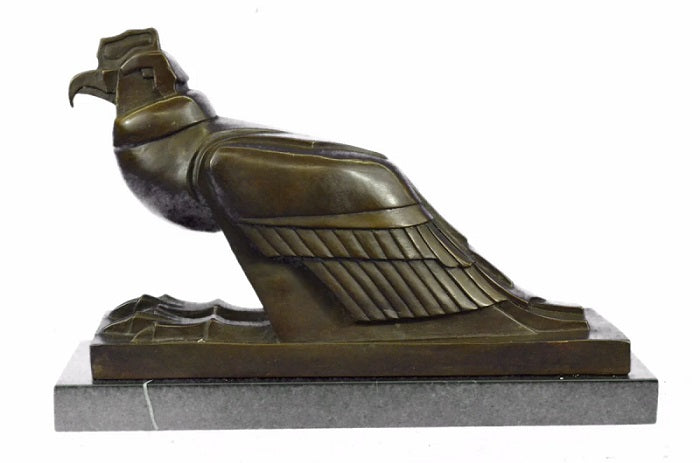Bronze sculpture stands as a timeless art form that captivates the imagination and evokes a sense of awe and admiration. Renowned for its enduring beauty, exquisite craftsmanship, and rich historical significance, buy bronze sculpture holds a special place in the world of art. From ancient civilizations to modern-day masterpieces, bronze sculptures have enthralled audiences with their timeless elegance and timeless appeal. In this article, we delve into five compelling reasons why modern bronze sculpture is truly extraordinary, exploring its unique qualities, artistic versatility, and enduring legacy in the realm of art and culture.
1. The Historical Significance of Bronze Sculptures

Bronze, the oldest alloy known to humanity, holds a significant place in the history of sculpture. Southerly Wind, buy bronze sculpture of a horse by Cathy Kuzma, stands as a testament to the enduring allure of this metal. With its composition of 80-90% copper and 10-20% tin, bronze has been a favored sculptural material for millennia. Dating back to circa 2500 B.C., the Dancing Girl from Mohenjodaro represents the oldest known modern bronze sculpture, showcasing the longevity and versatility of this medium across cultures and civilizations.
2. The Transformative Journey from Clay to Bronze
The journey to buy bronze sculpture begins with the artist crafting an initial clay model. Remarkably, the sculptor's skill extends beyond bronze to include pottery, as the intricate details captured in the clay serve as the blueprint for the final bronze casting. Once the clay sculpture is complete, the artist creates a mold over it, marking a commitment to the artistic vision. The mold is cured, and the clay sculpture inside is shattered to make way for the bronze casting process.
3. The Intricate Process of Bronze Sculpture Making
Crafting small bronze sculptures requires precision and expertise, as the metal must undergo several steps to achieve its final form. Central to this process is the "lost wax" technique, wherein a wax mold is created over the clay sculpture, followed by a ceramic mold that withstands the extreme temperatures of molten bronze. As the wax melts away, leaving behind the cured mold, the stage is set for casting the bronze, highlighting the meticulous blend of science and artistry inherent in bronze sculpting.
4. Exploring the Diversity of Bronze Patinas
While bronze is renowned for its classic golden brown hue, the addition of patinas introduces a spectrum of colors to sculptures. Patinas, created through the reaction of copper with oxygen, result in hues ranging from light green to deep blue or red. Artists often apply custom patinas to their sculptures, adding layers of meaning and aesthetic depth to their creations. Despite the variations, brown remains a prevalent choice among bronze sculptors.
5. The Complex Construction of Bronze Sculptures
Intricate small bronze sculpture often necessitate a multi-piece casting process, where different components are cast separately before being meticulously welded together. This technique allows artists to achieve complex compositions and intricate details while ensuring structural integrity. The seamless integration of welded parts underscores the skill and mastery of the sculptor, epitomizing the union of artistry and craftsmanship in bronze sculpture.
In Conclusion

Small bronze sculpture stands as a testament to the enduring allure of artistry and craftsmanship throughout the ages. From its rich historical significance to its timeless beauty and versatility, bronze sculpture continues to captivate audiences and inspire admiration. Whether showcasing intricate details, evoking powerful emotions, or immortalizing moments in time, small bronze sculpture hold a unique and extraordinary place in the world of art. As we celebrate the enduring legacy of bronze sculpture, we are reminded of its ability to transcend time and connect us to the profound beauty of human creativity and expression.

